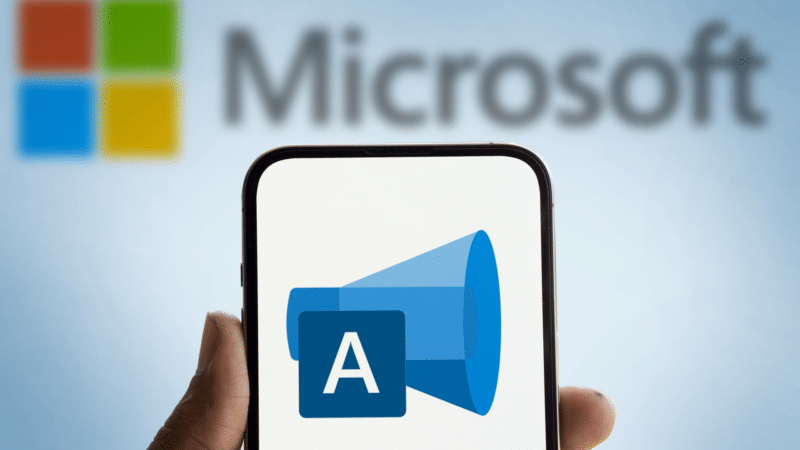
Exploring the Overlooked Opportunities of Microsoft Ads in a Google-Dominated Landscape
In the highly competitive world of paid search and PPC marketing, Google Ads often takes center stage. However, an increasing number of marketers are missing out on the advantages offered by Microsoft Ads. As businesses seek to diversify their advertising strategies, it becomes essential to explore the features and opportunities that Microsoft Ads presents as an alternative or complement to Google Ads.
One of the most compelling aspects of Microsoft Ads is its functional similarity to Google Ads. For marketers accustomed to Google, transitioning to Microsoft Ads can be relatively seamless. Microsoft has strategically designed its platform to allow easy importing of Google Ads account settings, including campaigns, keywords, and account structure. Furthermore, by enabling automatic syncing, marketers can ensure their data remains consistent across platforms, paving the way for a smoother advertising experience.
Despite these similarities, several distinct differences necessitate careful consideration when managing campaigns on Microsoft Ads. The platform generally exhibits lower competition but also a reduced search volume, which can lead to surprisingly profitable outcomes for those who navigate its nuances effectively. Microsoft Ads offers broader match types that may result in lower-quality traffic, underscoring the need for meticulous management. Additionally, marketers should be prepared to adjust their budgets and bids downwards upon importing campaigns, as typical spending on Microsoft hovers around 10% of that on Google. Notably, Microsoft’s ability to utilize LinkedIn data for ad targeting presents a unique advantage for B2B marketing strategies.
For B2B businesses that aim to connect with older demographics, Microsoft Ads may be particularly advantageous, capturing approximately 25% of U.S. searches. Furthermore, organizations facing escalated competition and costs on Google might find it prudent to test Microsoft Ads, especially considering its generally lower cost-per-click (CPC) rates. This dual strategy allows companies to harness the strengths of both platforms, enhancing their overall visibility and return on investment.
In conclusion, it is crucial for marketers to not overlook Microsoft Ads without thoroughly assessing its potential benefits. While Google Ads has historically been the primary focus, incorporating Microsoft Ads into the marketing strategy may yield additional avenues for growth. Starting with Google for initial market capture, and then layering in Microsoft Ads once saturation occurs, could provide incremental advantages that drive success.
Moreover, integrating URL Shorteners and short link management tools into the overall advertising strategy can amplify campaign effectiveness. These tools can assist advertisers in tracking engagement and conversions more efficiently across both platforms. By strategically managing how links are presented in ads, marketers can optimize click-through rates and user engagement.
The potential of Microsoft Ads as a robust alternative should not be underestimated. As the advertising landscape continues to evolve, diversifying platforms might just be the key to unlocking untapped markets.
#BitIgniter #LinksGPT #UrlExpander #UrlShortener #DigitalMarketing #SEOStrategies
Want to know more: https://searchengineland.com/microsoft-ads-google-ads-448207

